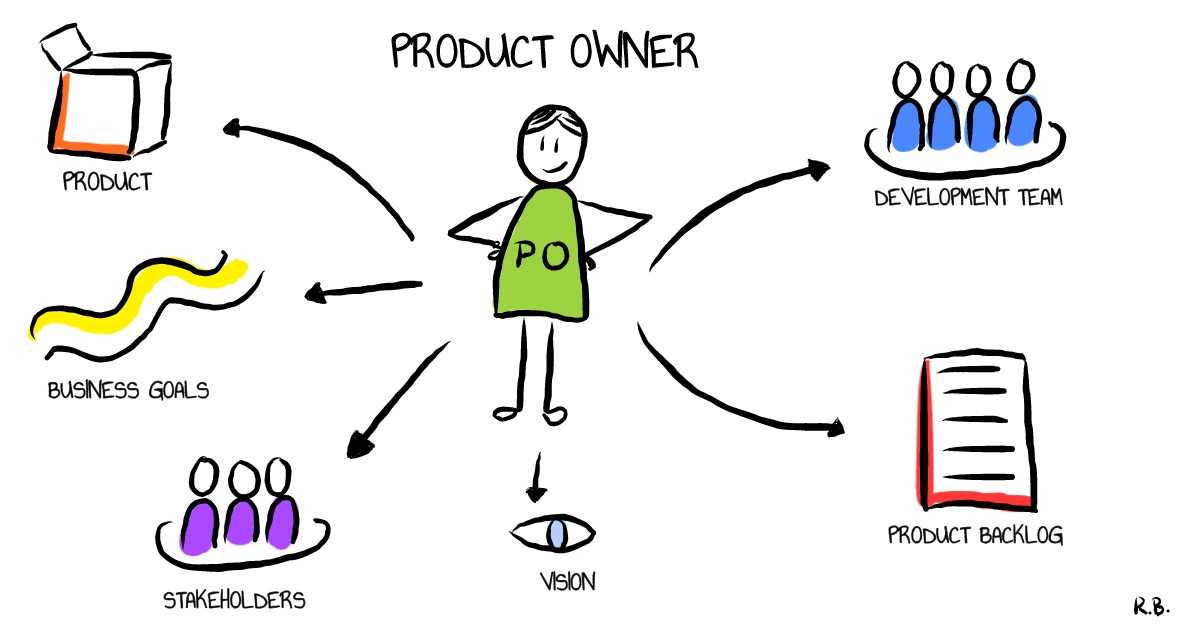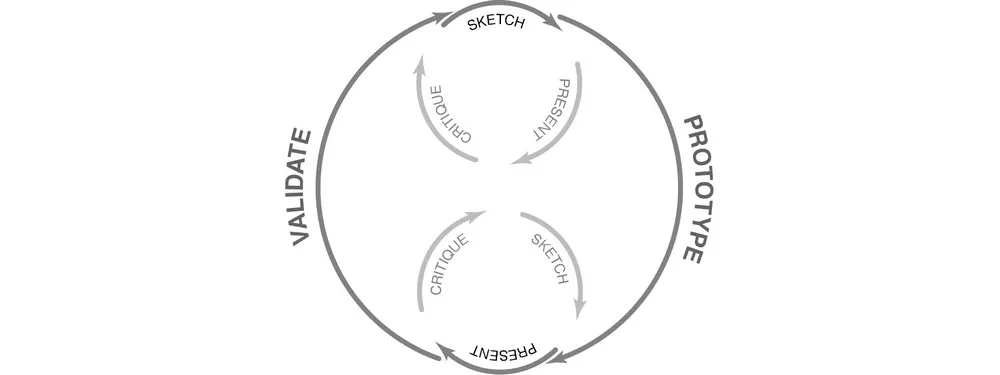Team Product Owner: Key Practices for Effective Agile Management
By Team Lean Agile Intelligence

Key Practices for Effective Agile Management
In this post, we discuss the critical role of the Product Owner in Agile Management practices. A product owner is responsible for maximizing the value of the product resulting from the work of the Scrum Team. They require a range of skills, including interacting with customers, stakeholders, and technical teams while not necessarily being technical themselves.
Here, we examine the top approaches to Team Product Owner, divulging crucial best practices that are useful at every stage of your learning expedition. By following these core techniques, you can gain the aptitude and knowledge essential to implement winning team tactics. Nevertheless, it's essential to note that Team Product Owner constitutes just one piece of the larger picture. To obtain a comprehensive understanding of your team's ongoing process status, we recommend availing yourself of our free agile assessment for Team Agility.
Product Envisioning and The Learning Journey
At Lean Agile Intelligence, we recognize Team Product Owner as the product owner's ability to manage the product, backlog, and value delivery. We divided the learning journey into 4 different stages: Developing, Emerging, Adapting, and Optimizing. In the following sections, we will discuss each stage in detail as well as provide practical tips and techniques to help you extend your skills in this area.

Source - Scrum Roles #2 Product Owner
Developing
Teams that are “developing” an understanding of the value of Team Product Owner and adopting the foundational techniques should focus on the following improvements
-
The What: There is one defined Product Owner who has the customer, domain, and functional knowledge necessary to play the role
-
The How: A Product Owner in Scrum is accountable for maximizing the value of the product resulting from the work of the Scrum Team. To do this, they require a variety of skills including interacting with customers, stakeholders, domain expertise, and the ability to work closely with technical teams while not necessarily being technical themselves. It’s critical to have a person on each team that has these skills and can dedicate their time and focuses to the team. More info about the Product Owner role can be found here.
-
-
The What: Can clearly articulate the vision and goals of the product(s) supported
-
The What: Clearly articulates stakeholder and customer needs to the team and the purpose of the request
-
The How: A large part of a product owner's responsibilities is stakeholder and customer engagement and expectations management. Communication skills are paramount to becoming a great product owner. Henrik Kniberg has a fantastic video where he discusses this topic in depth. That video can be found here.
-
A quote from that video covers this topic - “Product Ownership is really all about communication. When I ask experienced product owners what it takes to succeed, they usually emphasize passion and communication. It is no coincidence that the first principle of the agile manifesto is “Individuals and Interactions over Processes and Tools. So the PO’s job is not to spoon-feed the team with stories. That’s boring and ineffective. The PO, instead, makes sure everybody understands the vision, that the team is in direct contact with stakeholders, and that there is a short feedback loop in terms of frequent deliveries to real users. That way the team learns and can make daily tradeoff decisions on their own, so the PO can focus on the big picture.”
-
-
-
The What: Effectively manages stakeholders that are dependent on the team
-
The How: Product Owners represent the stakeholders and the customer, to do this they need to be in continuous communication with both. In a large organization, product owners often have to work closely with business and or technical stakeholders. Some good practices for stakeholder engagement are to ensure a vision, roadmap, metrics, and goals are created with their input and prioritization in mind and are fully transparent. Stakeholders shouldn’t have to reach out to find these items but be available to them at any time. Utilizing sprint reviews for discussing these items with the delivery team present is a recommended practice.
-
* * * * * *
"A Product Owner in Scrum is accountable for maximizing the value of the product resulting from the work of the Scrum Team."
* * * * * *
Emerging
Teams that are “emerging” beyond the foundational techniques of Team User Stories and are embracing it as they become more proficient, should focus on the following improvements
-
The What: Fully empowered to prioritize and is accountable for the Team Backlog, its content, availability, and ordering.
-
The How: A common anti-pattern across the industry is the Product Owner not having content authority over the teams' backlog. They accept work as “done” or delegate the responsibility when appropriate, they are responsible for maximizing the value the team works on. To do this they must have the authority to make prioritization decisions and accept work as “done.”
-
-
The What: Makes themselves available to the team when needed
-
The How: The product owner role not only interacts with stakeholders and customers but is an active member of a scrum team. To do this, they must make themselves available to the team daily, ideally throughout the day. There are multiple ways to accomplish this. The following are a few ideas for getting started…
-
If co-located, have the product owner sit in the delivery team area
-
Keep an open communication team channel open for discussions with the Product Owner
-
Block out specific times each day for open office time with the team
-
Regularly attend daily scrums and reserve time after the scrum for follow-ups daily.
-
-
-
The What: Has received formal Product Owner training and certification
-
The How: There are many product owner trainings in the market. What's important is finding one that meets the needs of your current experience level as a product owner. Here are a few suggestions…
-
Robert Galen - Robert is one of the premier thought leaders, trainers, and coaches in the space of product ownership and product management. He offers a variety of classes that can be found here.
-
Scrum Alliance - The Certified Scrum Product Owner course is one of the most popular in the industry. Courses can be found here.
-
-

Source - A Simple Introduction to Lean UX
Adapting
Teams that are “adapting” the Team Product Owner practice to extract the full benefit, should focus on the following improvements
-
The What: Clearly articulates trade-offs, adjustments, and plan impacts in real-time to stakeholders to avoid surprises
- The How: Using an iterative development process requires frequent prioritization adjustments, forecast updates, and potentially pivoting of ideas. Because of this, change management may be required for stakeholders if they are new to iterative development. Most importantly consistent communication with stakeholders and frequent feedback is required.
-
The What: Views experimentation as a way to learn and fail fast
-
The How: “Requirements” should be treated as assumptions. This is one of the fundamental aspects of “LeanUX.” Product ownership in agile should follow an empirical process. An industry-leading empirical process that product owners could develop experience and competencies in is LeanUX which is a form of Hypothesis Driven Development. In this process, failures should be small, fast, and looked at as a way to learn about the product, users, market, etc. Here is a good intro to LeanUX.
-

Optimizing
Teams “optimizing” the knowledge sharing of the Team Product Owner practice learnings across the enterprise should focus on the following improvements
-
The What: Understands and demonstrates system thinking and promotes the greater good over local optimization, partnering with other units to facilitate the flow of value
-
The How: “A system must be managed. It will not manage itself. Left to themselves, components become selfish, competitive, independent profit centers, and thus destroy the system. The secret is a cooperation between components toward the aim of the organization.” - Edwards Deming
-
The quote above describes the essence of “systems thinking.” It’s not enough to focus on one single process, skill set, or piece of a product. Product Owners can operate as a team with other product owners as well as Product Management, and Engineering to optimize solutions for the entire system.
-
-
* * * * * *
"Product ownership starts with a vision for the future."
* * * * * *
Conclusion
In conclusion, the Team Product Owner plays a crucial role in the Scrum framework and other agile methodologies. Maximizing the value of the product resulting from the work of the Scrum Team is the primary accountability of the Product Owner. The tips and agile management practices provided in the article can help to strengthen these skills and improve the overall performance of the Scrum Team. Effective communication and stakeholder management practices are essential for a Product Owner's success, and they should continually focus on improving these skills. Our free agile assessment for Team Agility provides a complete overview of your team's process status, so if you're interested, give it a try.